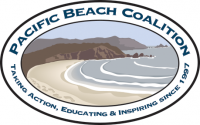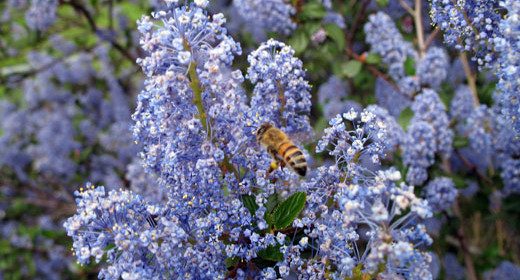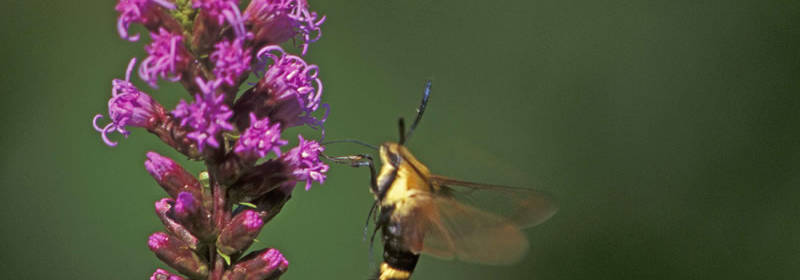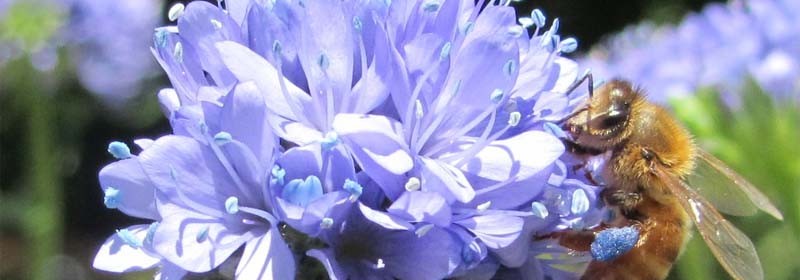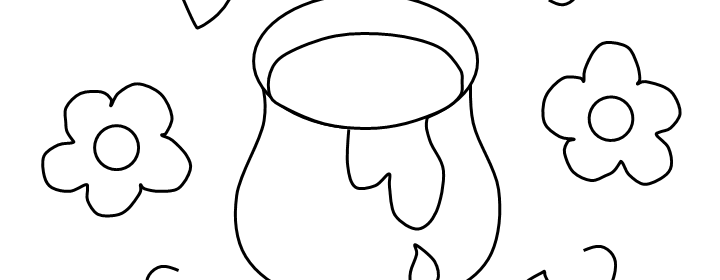Dolphins and Porpoises Fun Facts
Pacific dolphins swim in formation with other dolphins and sea lions, sometimes leaping from the water in spirited somersaults. Source. The Risso’s dolphin lacks teeth in the upper jaw and has no more than seven pairs of conical teeth in the lower jaw. Source. Risso’s dolphins have prominent dorsal fins, sometimes prompting observers at a distance to think they’re […]
Read more